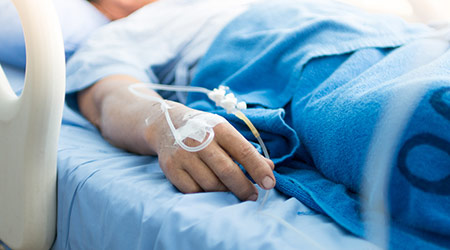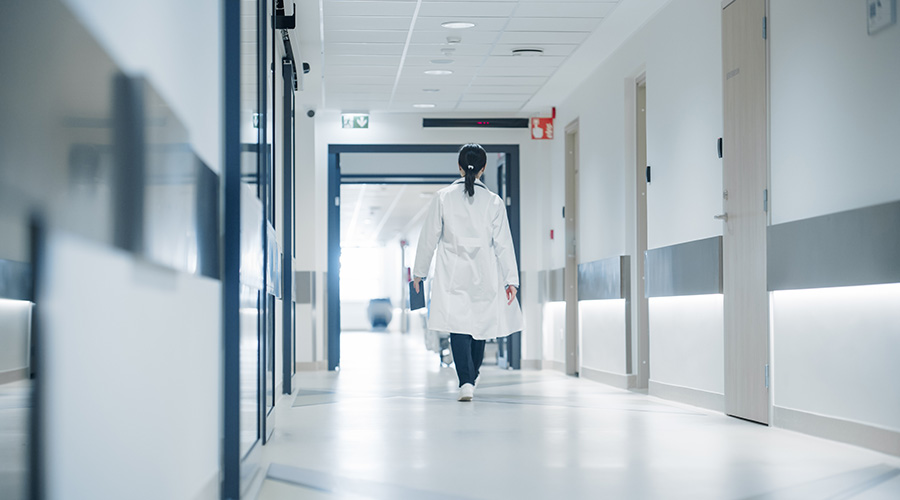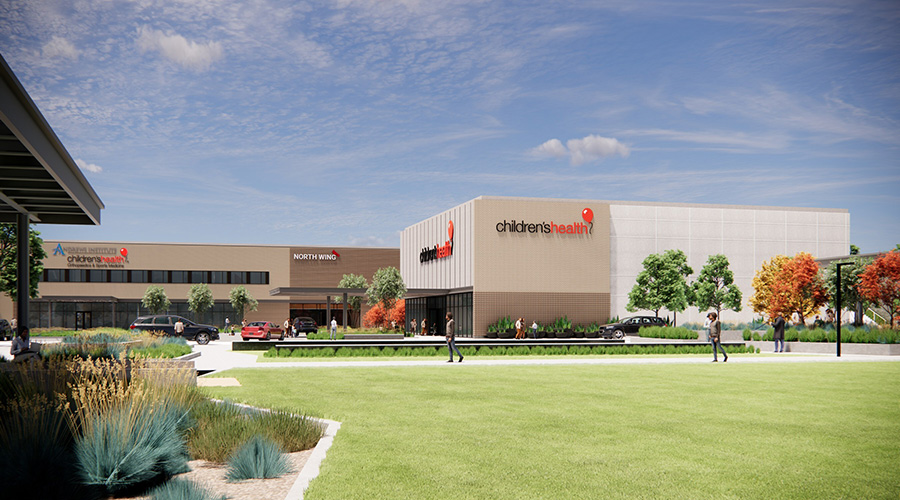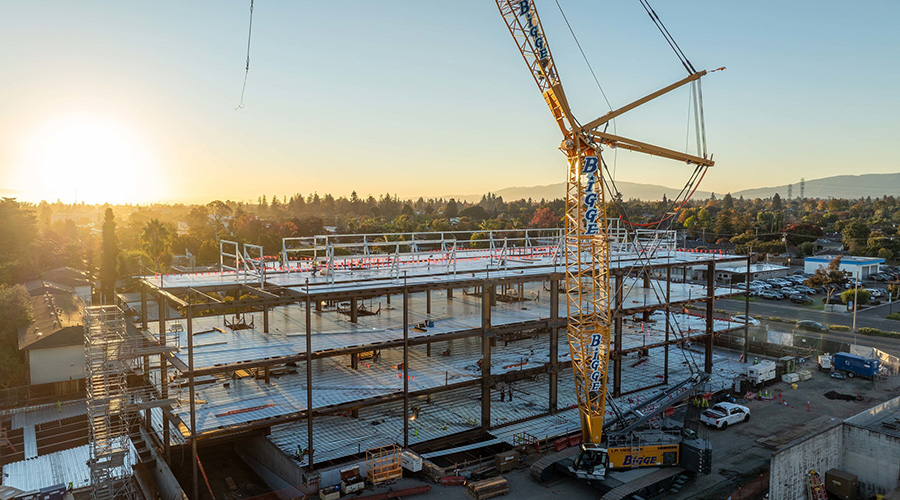Background: the risk of contaminated air
The bioburden of indoor air in healthcare settings has significant health implications for patients, staff, and visitors and is increasingly becoming the focus of environmental disinfection efforts. This bioburden is influenced by a number of factors including human shedding, internal ventilation and plumbing systems, and, outdoor air.1 There is a bounty of evidence documenting the presence of nosocomial organisms, beyond traditional respiratory pathogens, in hospital air.2-9 Numerous bacteria, fungi, and viruses can survive for extended periods of time in the relatively harsh airborne environment.
Furthermore, aerobiology research has demonstrated that there may be a discrepancy between measured air bioburdens and true air bioburdens as some vegetative bacteria can enter a non-replicative starvation state in air which renders them non-culturable by standard microbiological techniques despite the fact the organisms are still viable.10
The unique air quality requirements of the sterile compounding pharmacy
One area of the hospital in which air quality is particularly critical is the sterile compounding pharmacy. Medications that are to be administered through muscular injection, intravenous (IV) infusion, intrathecal (spine) or Intraocular (eye) injection must be sterile. During the compounding process, the air to which these medications are exposed has the potential to contaminate the preparations and, thus, strict guidelines, as outlined by United States Pharmacopeial (USP) Convention chapter 797, are in place to mitigate this risk.11 USP 797 requires measuring of volumetric viable airborne particles in and around sterile compounding areas every 6 months for maintenance of certification.11 This guideline has established thresholds for these measurements specific to each medication preparation area. In the direct compounding area, a threshold of 1 colony forming unit (CFU) per cubic meter (m3) bacteria or fungus requires a re-evaluation of cleaning protocols, operational procedures, and air-filtration metrics while in the adjoining anteroom, the threshold is higher at >10 CFU/m3.11
The Le Bonheur Children’s Hospital inpatient pharmacy success story
In an article published this year in the American Journal of Infection Control, Guimera et al describe their experience with employing a novel air disinfection technology utilizing UV germicidal irradiation (Vidashield, South Bend, IN) to reduce the bacterial and fungal bioburden within the inpatient pharmacy, including the sterile compounding areas, at Le Bonheur Children’s Hospital in Memphis, TN.12 The technology is an enclosed air disinfection device incorporated into a standard 2’ x 4’ ceiling light fixture panel. These systems utilize fans to actively draw air at a rate of 50 ft 3 per minute (cfm) through filters that remove larger particles such as dust and then pull the air into a shielded UV chamber where it is irradiated. The emitted light, occurring at a wavelength of 253.7 nanometers (nm), is actually amplified by mirrored UV chambers that reflect and thereby intensify the light, a proven means of amplifying the irradiation.13 Safety baffles prevent the light from escaping, thus eliminating UV exposure risk to patients and healthcare providers alike. Once the air is irradiated, it is then pushed out of the chambers by fans at a 30 degree angle to promote circulation throughout the room and to prevent the continuous re-treatment of the same air.
The areas included in their study were a 600-square-foot (sq ft) anteroom next to the main pharmacy work area which is flanked on one end by a 264-sq-ft IV preparation room and an 88-sq-ft chemotherapy preparation room. The chemotherapy room has negative pressure relative to the anteroom, but the rest of the pharmacy has positive pressure throughout. Based on the manufacturer’s recommendations for achieving maximal effectiveness with 1 unit per 100 square feet, 52 units were installed throughout the main pharmacy and anteroom. No units were placed in the IV or chemotherapy rooms because of the high efficiency particulate air filtered laminar airflow in those areas, but it was hypothesized that by reducing the viable air bioburden in the anteroom, a similar reduction in particles entering those areas during staff entry/exit might be seen. An interior hallway outside of the pharmacy served by the same heating, ventilation, and air condition system and through which staff enter and exit the main pharmacy was used as the control in the study. Once installed, the units were continuously operational 24 hours a day. No changes in cleaning or disinfection practices occurred during the study period.
Microbial air sampling was performed by an accredited independent environmental sampling company in accordance with USP 797 guidelines. Viable air samples were collected throughout the pharmacy pre-installation and again 6 months after installation in the same locations (IV room, chemotherapy room, anteroom, breakroom, storage area, interior hall, work area 1, work area 2, and exterior hall/control area) and using identical protocols. For the entire pharmacy there was an overall statistically significant reduction in mean fungal and bacterial CFU/m3 (78% and 62%, respectively) after installation of the shielded UV-C units. Additionally, statistically significant decreases in mean air fungal CFU/m3 were noted in the anteroom, work area 2, breakroom, and interior hall. Though not statistically significant, decreases in mean fungal CFU/m3 were also seen in the IV and chemotherapy rooms. In these cases, the lack of statistical significance was attributed to insufficient statistical power. Mean bacterial CFU/m3 were significantly reduced in the anteroom, work area 1, storage room, and breakrooms along with the IV and chemotherapy rooms. Notably, there were no statistically significant decreases in bacterial or fungal counts noted in the control exterior hall.
Conclusion
The importance of maintaining an appropriate environment for compounding sterile medications is critical and is underscored by outbreaks linked to the contamination of compounded medications such as the fungal contamination of intrathecal steroid preparations which affected over 750 individuals in 2012.14 One of the challenges in complying with air quality guidelines in the sterile compounding areas is the inevitable disruptions of positive or negative airflow that results from staff entry and exit. Thus, while Guimera et al did not employ the Vidashield devices in the IV and chemotherapy rooms, the significant reductions in bacterial and fungal counts seen in the anteroom immediately adjacent to them represents a successful risk mitigation strategy for those sterile compounding areas by creating a “cleaner” peripheral zone. This is supported by the decreases that were observed in both fungal and bacterial counts in the IV and chemotherapy rooms. Furthermore, these reductions were achieved without disruption to staff schedules or workflow, but rather with continuous 24/7 air purification/disinfection. This continuous cycling helps address the constant state of microbe distribution that occurs at the air-surface interface in the indoor environment and may prove to be a potent weapon in the battle to disinfect the healthcare environment, both in the inpatient pharmacy and beyond.
References
1.)Ijaz MK, Zargar B,Wright KE, Rubino JR, Sattar SA. Generic aspects of the airborne spread of human pathogens indoors and emerging air decontaminationtechnologies. Am J Infect Control 2016;44:S109-20. doi:10.1016/j.ajic.2016.06.008.
2.) Sattar SA, Kibbee RJ, Zargar B, et al. Decontamination of indoor air to reduce the risk of airborne infections: studies on survival and inactivation of airborne pathogens using an aerobiology chamber. Am J Infect Control. 2016; 44(10):e177-e182.
3.) Dürmaz G, Kiremitçi A, Akgün Y, et al. [The relationship between airborne colonization and nosocomial infections in intensive care units]. Mikrobiyoloji bulteni. 2005; 39(4):465-71.
4.) Shiomori T, Miyamoto H, Makishima K. Significance of airborne transmission of methicillin-resistant Staphylococcus aureus in an otolaryngology–head and neck surgery unit. Arch Otolaryngol Head Neck Surg. 2001; 127(6):644-8.
5.) Muzslay M, Moore G, Turton JF, et al. Dissemination of antibiotic-resistant enterococci within the ward environment: the role of airborne bacteria and the risk posed by unrecognized carriers. Am J Infect Control. 2013; 41(1):57-60.
6.) Kumari DN, Haji TC, Keer V, et al. Ventilation grilles as a potential source of methicillin-resistant Staphylococcus aureus causing an outbreak in an orthopaedic ward at a district general hospital. J Hosp Infect. 1998; 39(2):127-33.
7.) Gao J, Zhao X, Bao Y, et al. Antibiotic resistance and OXA-type carbapenemases-encoding genes in airborne Acinetobacter baumannii isolated from burn wards. Burns. 2014; 40(2):295-9.
8.) Munoz-Price LS, Fajardo-Aquino Y, Arheart KL, et al. Aerosolization of Acinetobacter baumannii in a trauma ICU. Crit Care Med. 2013; 41(8):1915-8.
9.) Shimose LA, Doi Y, Bonomo RA, et al. Contamination of ambient air with Acinetobacter baumannii on consecutive inpatient days. J Clin Microbiol. 2015; 53(7):2346-8.
10.) Beggs CB. The airborne transmission of infection in hospital buildings: fact or fiction? Indoor Built Environ. 2003; 1;12(1-2):9-18.
11.) The United States Pharmacopeial Convention. Pharmaceutical compounding — sterile preparations (general information chapter 797). In: The United States pharmacopeia, 36th rev., and the national formulary. 31st ed. Rockville (MD): 2013. p. 361-98
12.) Guimera D, Trzil J, Joyner J, et al. Effectiveness of a shielded ultraviolet C air disinfection system in an inpatient pharmacy of a tertiary care children’s hospital. Am J Infect Control 2018; 46: 223-5.
13.) Kowalski, W. Report on the Performance of the VidaShield System. 2011. Available from: http://vidashield.com/files/whitepaper/dr-kowalski-vidashield-final-report.pdfAccessed 2 July 2016.
14.) Kauffman CA, Malani AN. Fungal infections associated with contaminated steroid injections. Microbiol Spectr 2016; 4(2)

 Spaces That Support: Patient-Centered Design for Modern Reproductive Health
Spaces That Support: Patient-Centered Design for Modern Reproductive Health Modernization of Buildings Require Collaboration Across All Disciplines
Modernization of Buildings Require Collaboration Across All Disciplines Children's Health Announces Plans for RedBird Specialty Center in Texas
Children's Health Announces Plans for RedBird Specialty Center in Texas How Can Healthcare Facilities Use Efficiency to Drive Climate and Health Goals?
How Can Healthcare Facilities Use Efficiency to Drive Climate and Health Goals? El Camino Health Rehabilitation Hospital Officially Tops Out
El Camino Health Rehabilitation Hospital Officially Tops Out